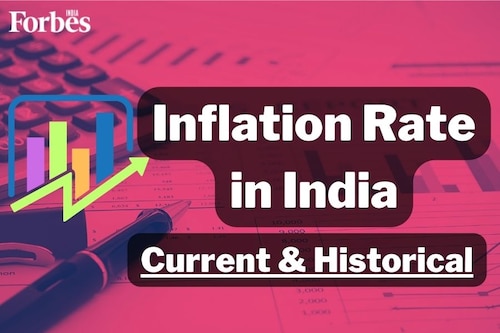Inflation Rate in India 2025: A closer look at economic trends
Stay informed about the latest trends and developments regarding inflation rates in India in 2025


Inflation, or a rise in the general price level of goods and services, has long been a subject of concern and debate around the world. It affects everything from the cost of groceries and housing to the economy"s overall health. As the nation gears up for the upcoming general elections, it becomes crucial to delve into inflation in India to better understand the country"s economic situation.
This article aims to provide insights into the Indian inflation rate in 2025 and its implications.
According to the data released by the Ministry of Statistics and Programme Implementation, India"s consumer price index inflation is 2.82 percent (Year-on-Year) in May 2025. The corresponding inflation rates for rural and urban areas are 2.59 percent and 3.07 percent, respectively. MOSPI attributed the decline in headline inflation and food inflation during May 2025 to the decrease in inflation of Pulses and products, Vegetables, Fruits, Cereals and products, Households goods and services, Sugar and confectionery and Egg and the favourable base effect.
The Y-o-Y inflation rate based on the All India Consumer Food Price Index (CFPI) is at 0.99 percent for May 2025. The corresponding inflation rates for rural and urban areas are 0.95 percent and 0.96 percent, respectively.
On the other hand, India"s wholesale inflation eased to 0.39 percent in May 2025, down from 0.85 percent in April 2025, according to provisional data released by the Ministry of Commerce and Industry.
First Published: Jun 18, 2025, 16:26
Subscribe Now